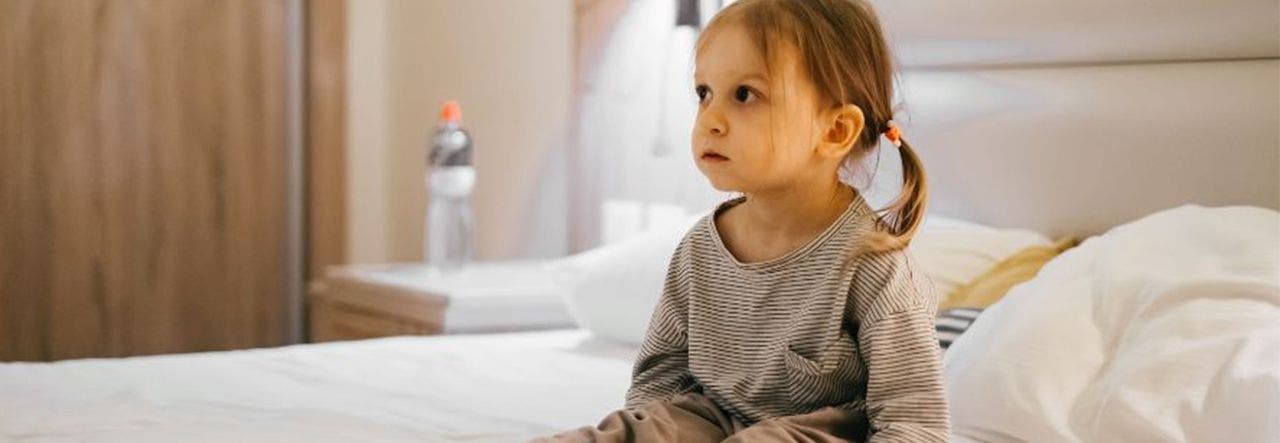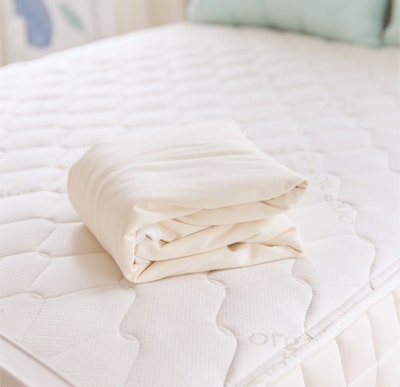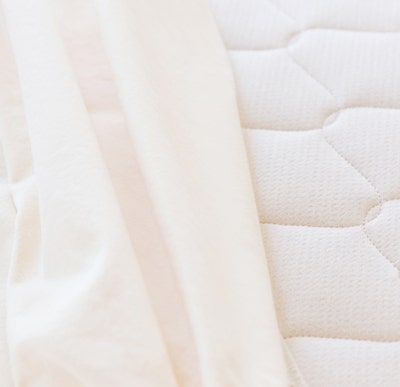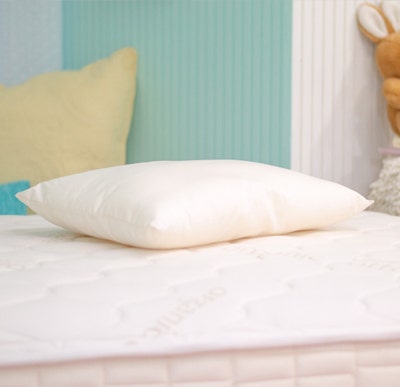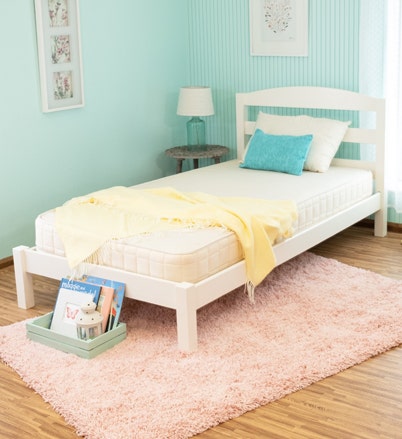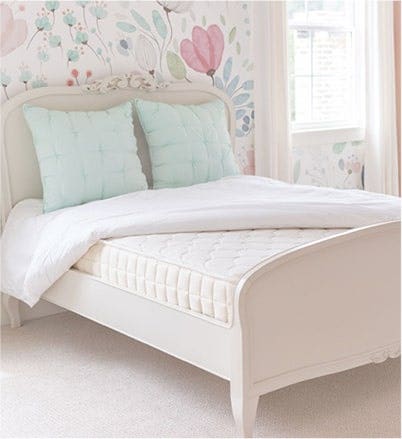Getting your toddler to sleep can often feel like an impossible mission. Without fail, the struggle to go down for bed almost always happens at the end of a long day. Toddlers can be stubborn, and that stubborn streak tends to come out when they’re over-exhausted and when you’re desperate for grown-up time.
Wondering how to get a toddler to sleep? It doesn’t have to be “Mission: Impossible.” There are strategies to winning the bedtime battle, and we’re sharing our most tried and true ones.
How Much Sleep Do Toddlers Need?


Though they are tiny, toddlers require a large amount of sleep to keep up with their rapid growth and development and to support their physical and cognitive development. On average, toddlers between the ages of one and three years old need about 11 to 14 hours of sleep per day over a 24-hour period.
This sleep is typically divided into nighttime sleep, which ranges from 10 to 12 hours, and a daytime nap, which can last anywhere from one to three hours. Adequate sleep is essential for a toddler's overall health, as it helps their growing bodies and brains recover, develop and recharge.
Establishing a consistent sleep routine and creating a comfortable sleep environment are crucial steps in ensuring that toddlers get the necessary rest they need to thrive and be at their best during their waking hours.
What's a Good Toddler Bedtime?
A good toddler bedtime is one that prioritizes your child's health, well-being and development. It typically falls between 7:00 p.m. and 8:30 p.m., allowing toddlers to get the recommended 10-12 hours of sleep they need at night for optimal growth and cognitive function.
Consistency is key, as a regular bedtime routine helps toddlers feel secure and learn to self-soothe. Experimenting with your toddler’s bedtime and nap schedule may be necessary to find what works best for them. Once found, it’s important to stick to the routine as closely as possible.
In addition to the actual time you land upon, a routine might include activities like taking a calming bath, reading a bedtime story or singing a lullaby. It's essential to create a comfortable sleep environment with a dark, quiet room and a cozy, safe bed. Limiting the intake of sugary snacks and stimulating activities close to bedtime can help ensure a smooth transition to sleep.
Ultimately, a good toddler bedtime sets the stage for restful and rejuvenating sleep, fostering a healthy and happy child.
5 Strategies for When Toddler Won't Sleep


For those all-too-relatable evenings when your regular routine fails, here are some strategies that can help save bedtime when your toddler just won’t go to sleep.
1. Get Extra Cozy
Make their environment extra cozy by incorporating a white noise machine, blackout curtains or an essential oil diffuser. Try calming and sleep-inducing scents, like lavender.
2. Reward Good Sleep
Consider a reward system, like the “Sleep Fairy” or a sticker chart. The reward does not need to be extravagant but can be given if your toddler stays in bed and falls asleep on their own. Rewards can go a long way in encouraging children.
3. Use Special Clocks
Your toddler likely isn’t aware of when it’s time to get in or out of bed or even what hour it is. Using a timer or a light-up wake-up clock designed for their age can help teach them and instill better sleep habits and behavior worth rewarding.
4. Wind Down with Them
Often times, toddlers sense they are the only ones going to bed and don’t want to miss out on all the fun. When this happens, try winding down with them. Turn off lights in the home, close the curtains, lock the doors and shut off electronics.
5. Remind Them Sleep Is a Gift
Going to bed or to their room is often used as a punishment against toddlers. Perhaps this is why they often fight it so hard. Instead, remind them that sleep is a gift – not a punishment. Make bedtime feel special and positive. If they’re old enough, you can even try explaining the health benefits of sleep!
Make Sleep Exciting – With a Toddler Pillow!


Our top method for how to get a toddler to sleep? Make bedtime feel special with a designated pillow. Naturepedic’s certified non-toxic toddler pillow is designed with your little ones in mind – filled with supportive PLA made from non-GMO sugarcane and encased in a removable, washable, organic cotton cover. Just remember, a pillow of any kind is only recommended AFTER your child makes the transition to the big kid bed – a bare crib is safest for toddlers still in the crib.
 BABY
BABY  KIDS
KIDS  ADULT
ADULT  LEARN
LEARN  STORES
STORES 